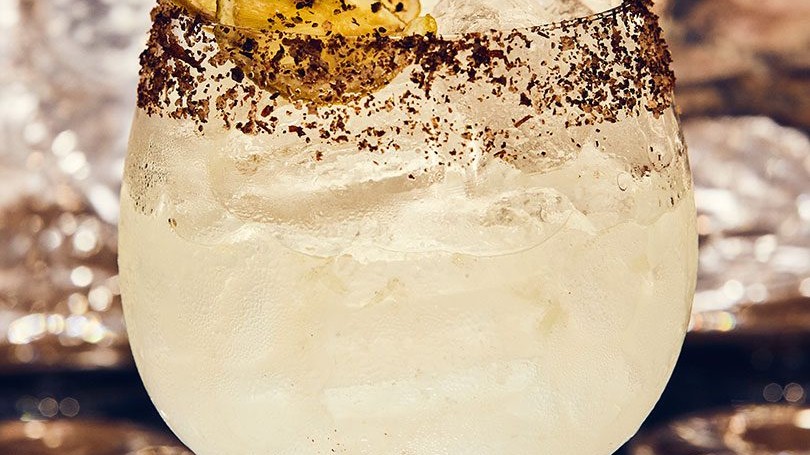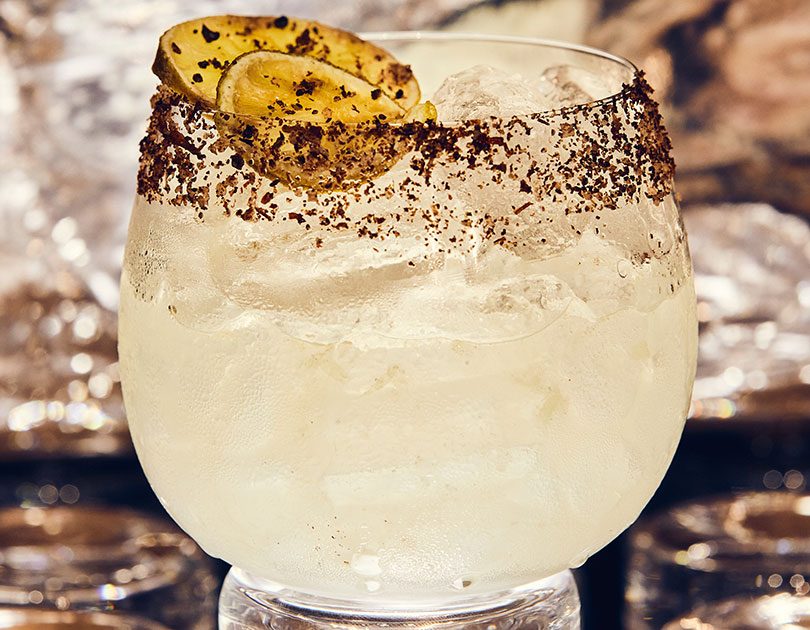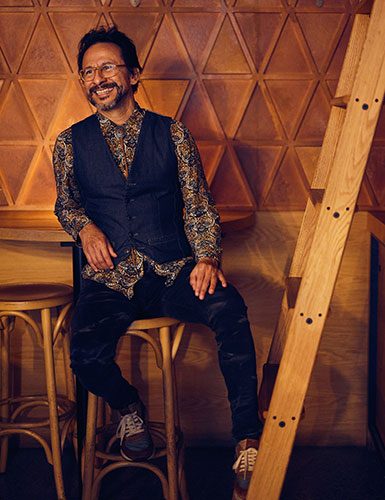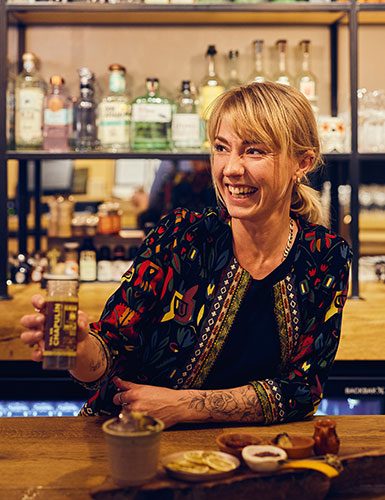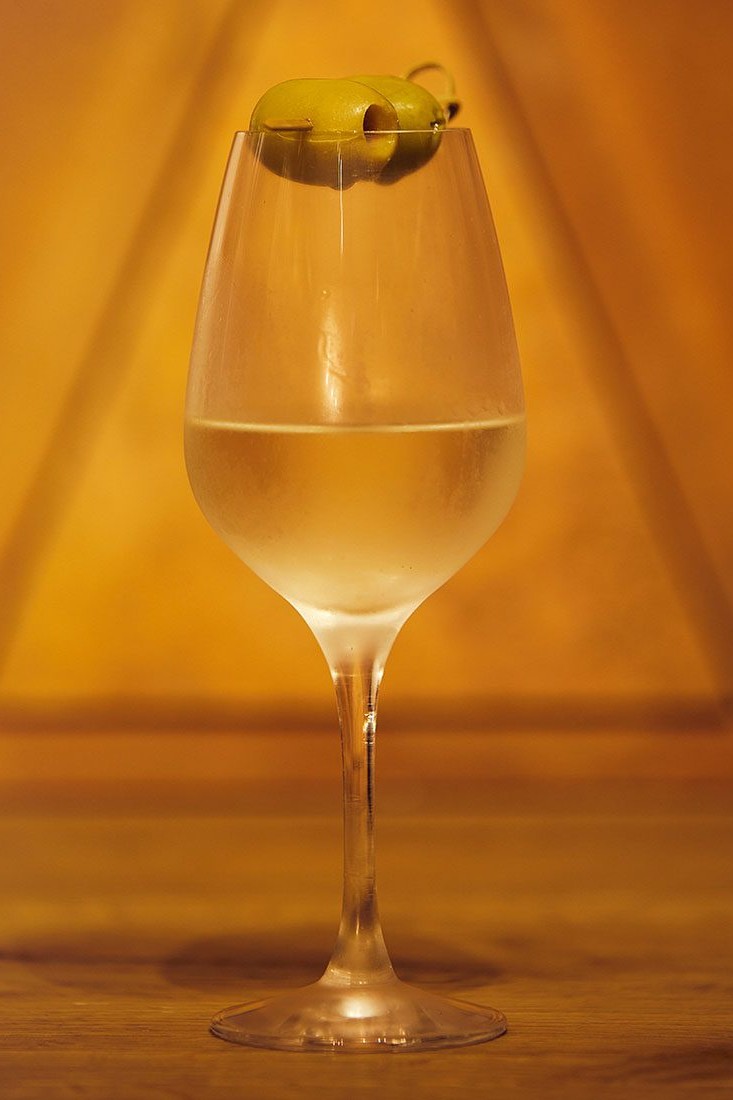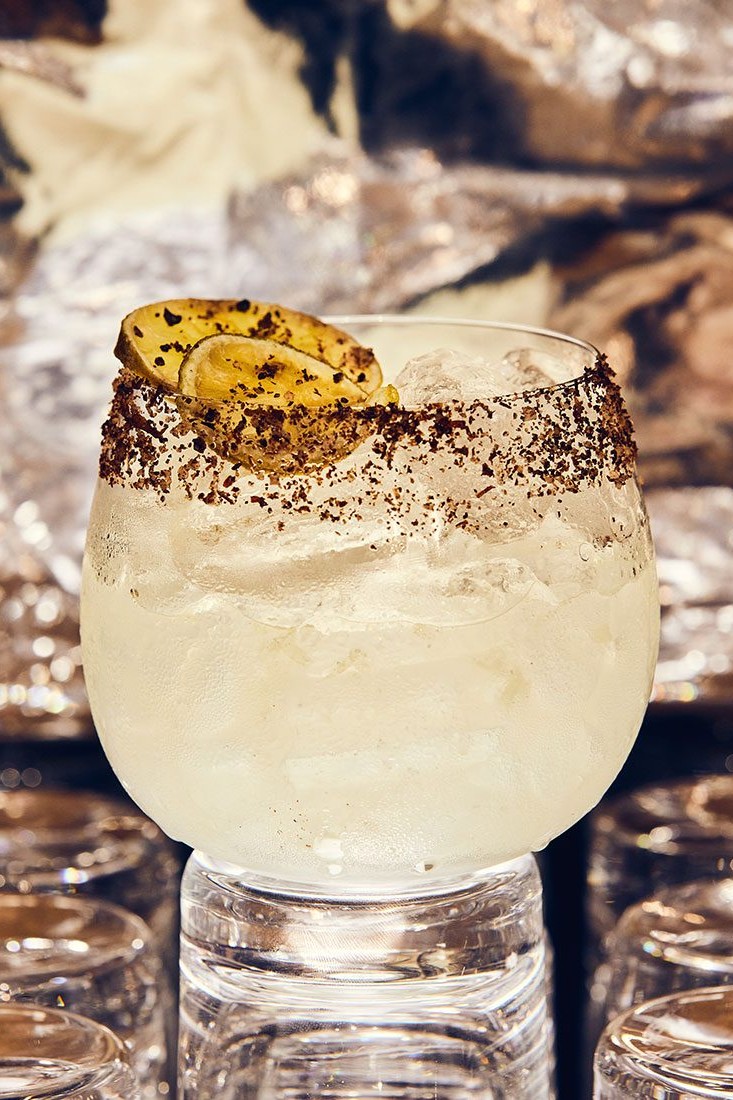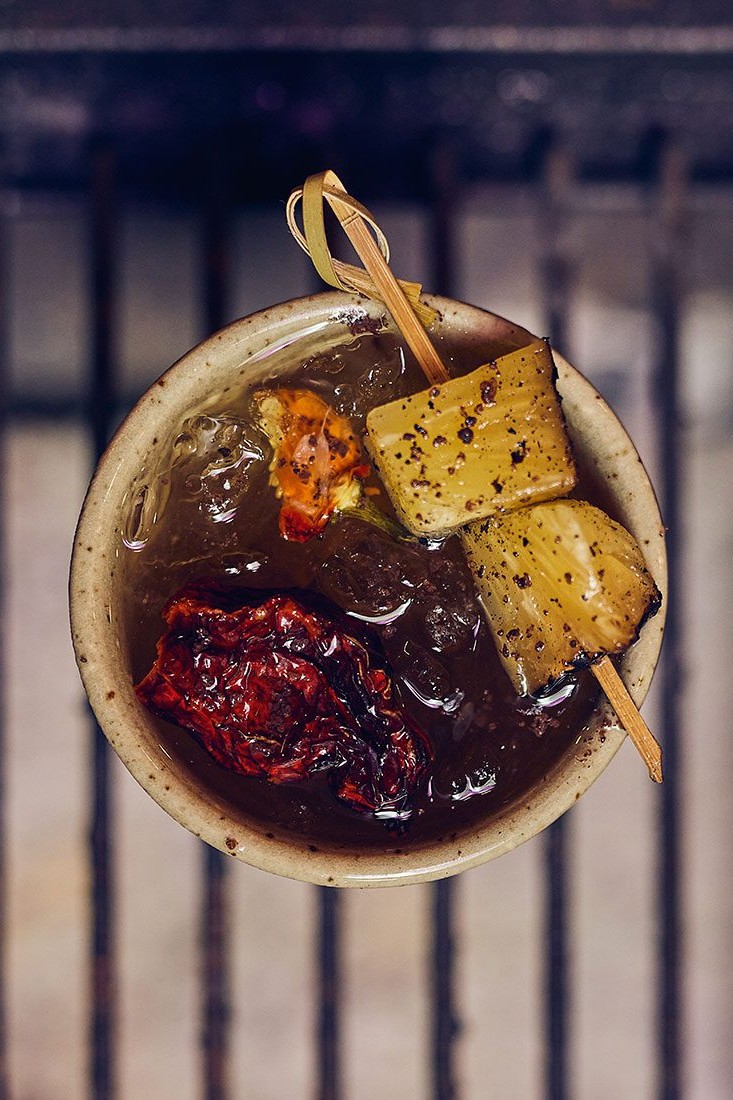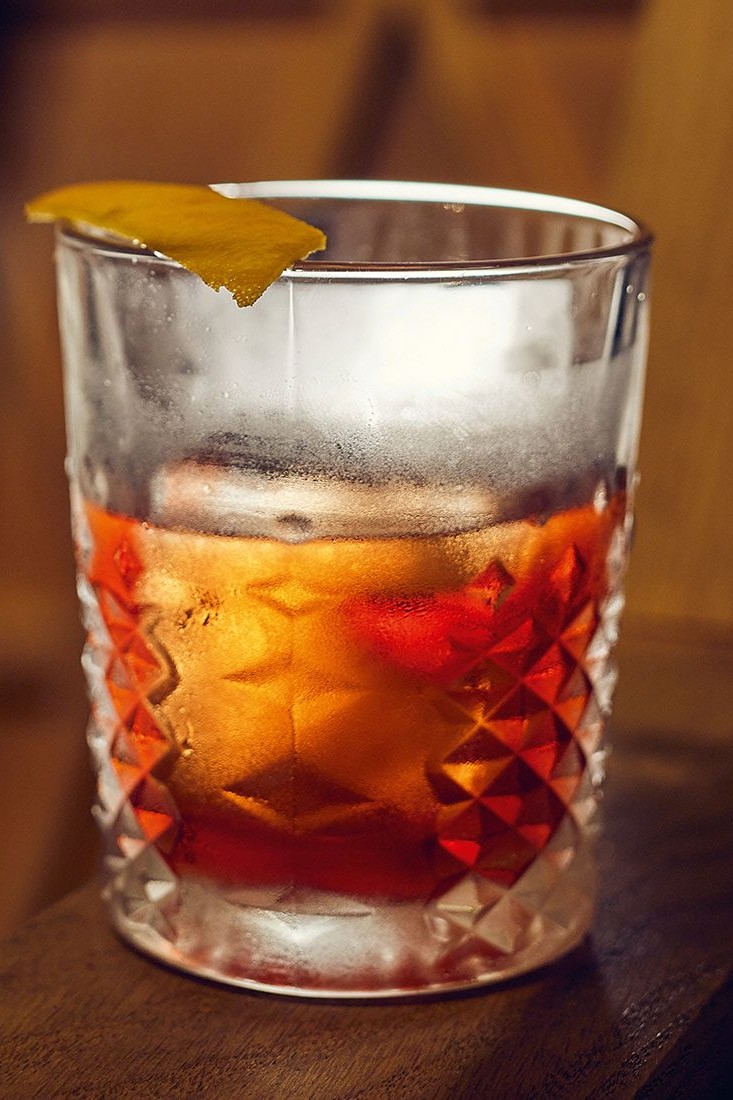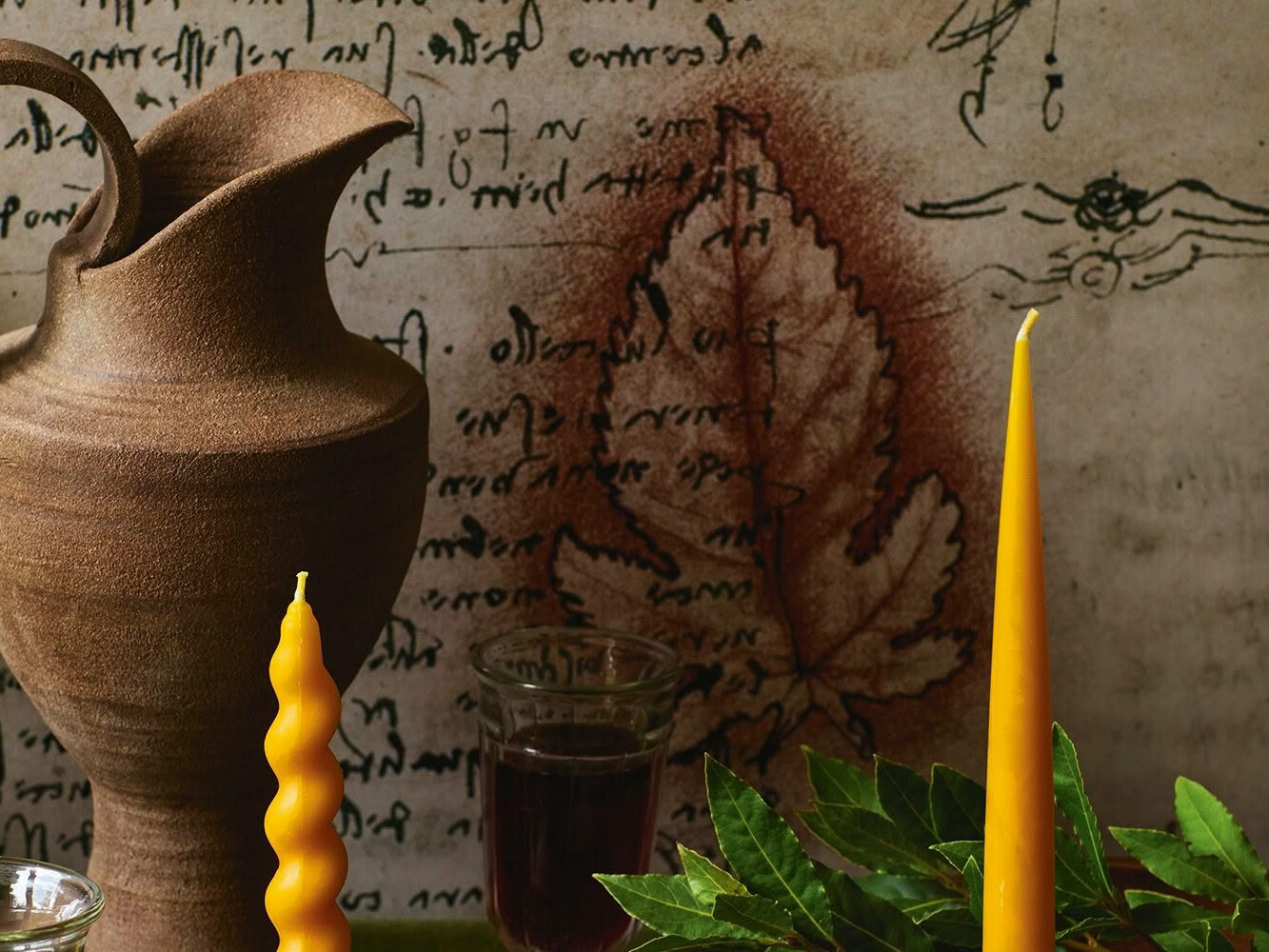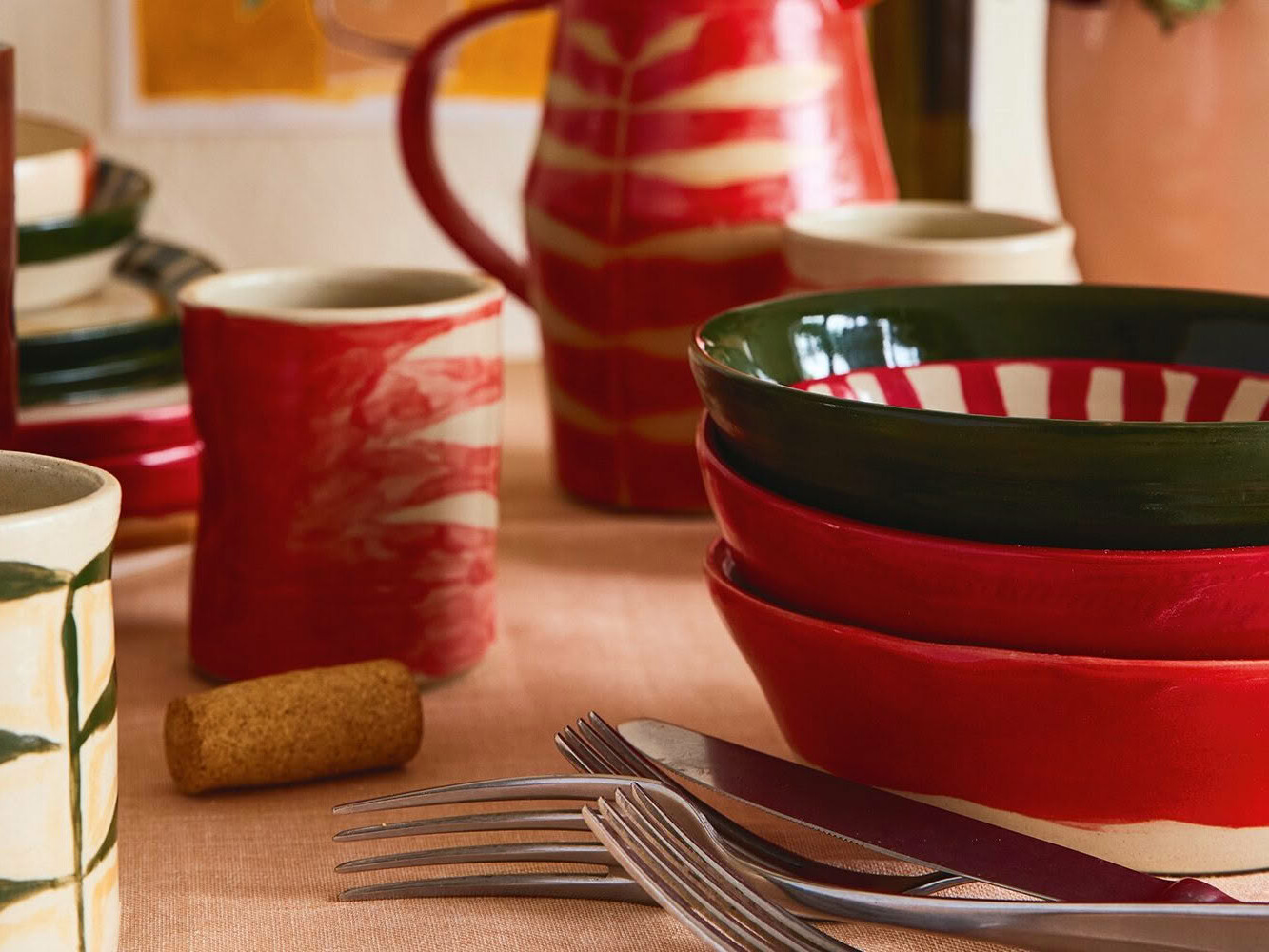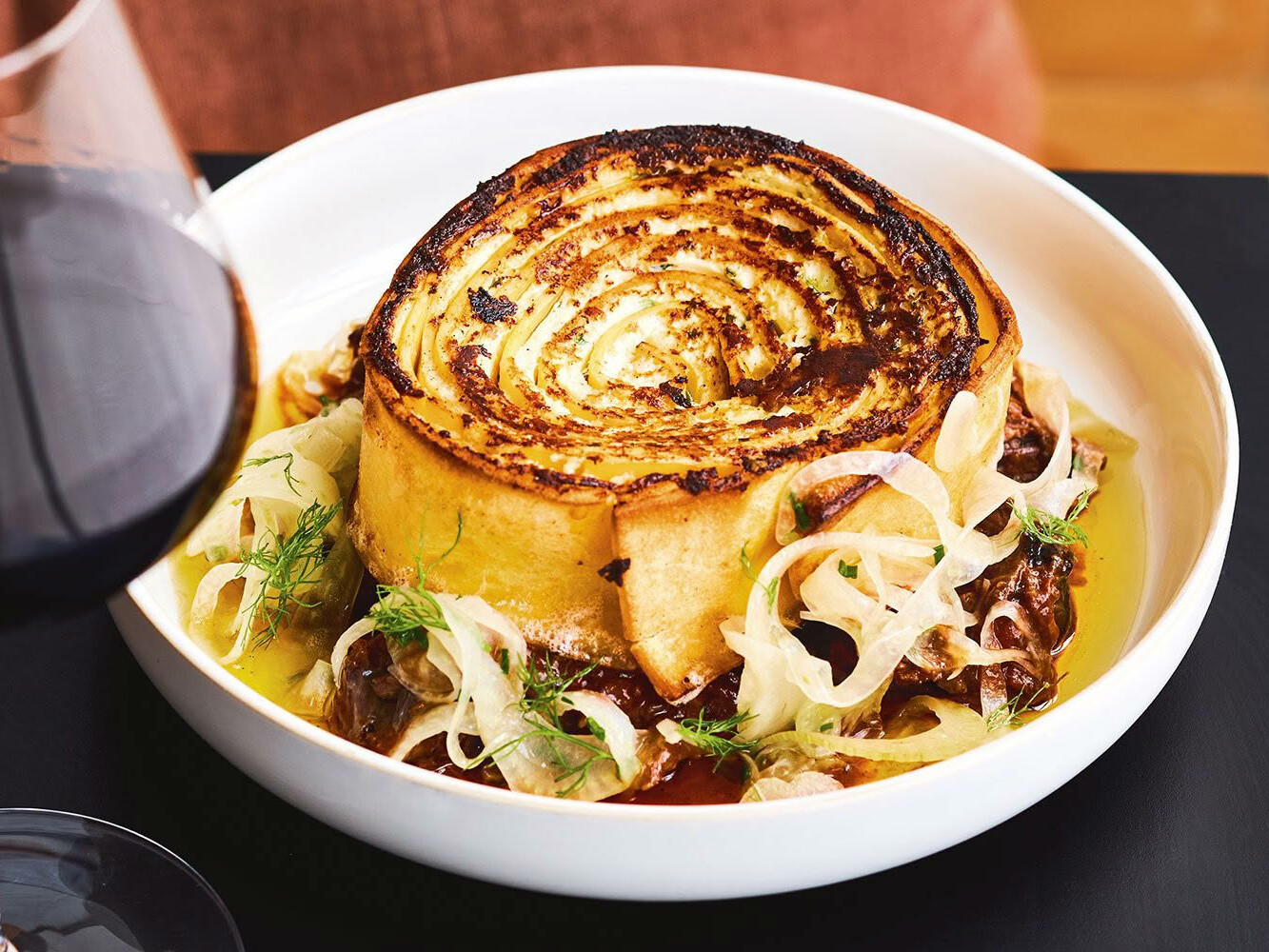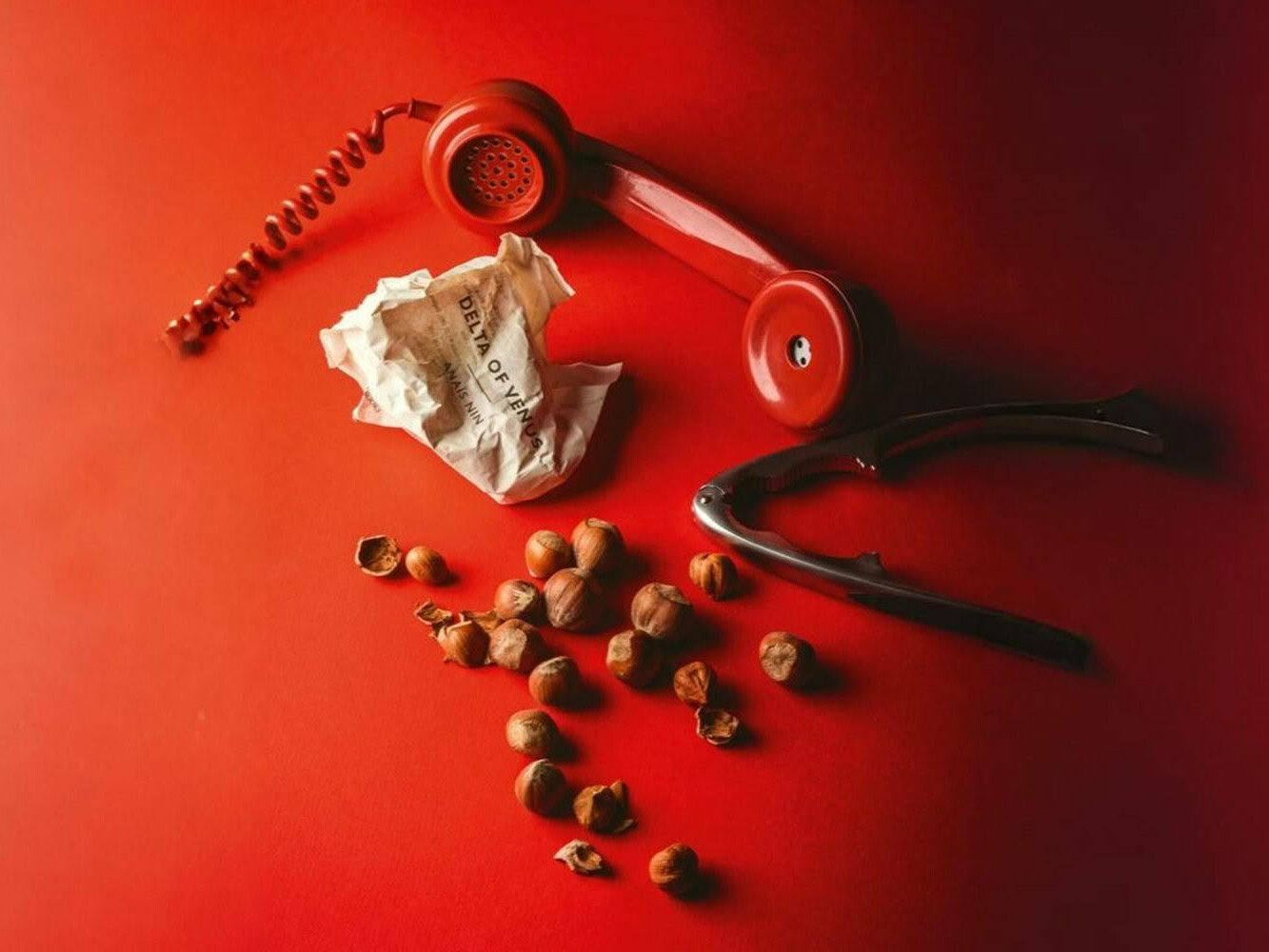Don’t be fooled into thinking of mezcal as tequila’s poor relation: it’s a complex spirit in its own right, says Tash McGill.
LA FUENTE
Tucked into Snickel Lane in Auckland’s CBD, La Fuente is home to New Zealand’s best selection of artisanal mezcal and adopts a unique approach to the spirit that is only now receiving the attention typically given to tequila, a smaller subset of the mezcal category. For owner Edmundo Farrera, the wine and mezcal bar is a space that welcomes people into exploration of flavour and education.
“My mother was a biologist and she introduced me to mezcal, but when I began to understand how powerful the history of mezcal is, many interests erupted in me. There is always so much passion when you discover something that excites you – and for me, the relationship between wine and mezcal makes something magical in a bar.
“Wine sommeliers around the world are fascinated with mezcal, and the reason is simple – we are talking the same language. We just talk species of agave instead of grape, but all the elements of sub-region, microclimate, wild yeast fermentation are all part of making artisanal mezcal. There is a strong connection to terroir in wine, but even deeper in mezcal because it’s not just where the agave is grown but the local wood and rocks that are used in the ovens.”
A perfect evening at La Fuente will start with an aperitif – perhaps a margarita or an eccentric white wine accompanied by a few Te Matuku oysters. The food from the kitchen changes weekly and is designed to express and complement the wine and mezcal, from earthy root vegetable dishes to bright ceviche and seafood. In this way, the team is intentional about its desire to introduce customers to new styles, varieties and regions of wine and mezcal.
“We are independent so every label that is in the bar is very specific, best examples of styles, region etc. At any time we have 25–30 wines that are not available anywhere else. And we follow a strong principle; we only stock artisanal mezcals that we drink ourselves. You won’t find industrial mezcals here.”
Mundo prefers to introduce mezcal to first-timers in the same way you would introduce a leading character in a film – “It’s not shy, it’s powerful but it’s power with balance and grace, with complexity”, he says.
That power is matched by precision in the way everything is treated from the kitchen to the bar. While service is casual, there are meticulous choices that have been made about glassware to ensure every wine, cocktail or mezcal is enhanced and presented so it can truly be enjoyed by the customer.
“No one had served mezcal here in the way we do; sometimes you might see it being served in a traditional glass, but it doesn’t enhance anything in the mezcal. We are there to share stories and education, creating a layer that cements a knowledge and appreciation of mezcal with precision. Our regulars are smart at navigating the bar – they know to ask for recommendations now if they want to explore something new, because we are always trying to elevate the experience.”
MEZCAL
Mezcal has long been a sought-after spirit, though often overshadowed by tequila – a small subset of the mezcal family, defined by geographical regions. In almost exactly the same way that regional winemakers in France created clear regional boundaries and styles, mezcal contains many styles, sub-regions and nuances. With some of the most complex regulations and certifications in the spirits world, mezcal is highly protected by Mexico and cannot be made anywhere else in the world. There is a mezcal for nearly everyone, as the soaring popularity of the spirit on the world stage suggests.
Mezcal is made by first harvesting the agave plant (maguey) and then cooking the hearts (piña), heads or leaves depending on the style. These are cooked in earthen pits, using a method of fire and large stones not dissimilar to a method of hāngī. The roasted maguey is then traditionally milled using a large stone mill. Depending on the style of mezcal, fermentation might happen in wooden vats, concrete tubs or tanks made from stone, before distillation. Artesanal and ancestral mezcal might be distilled in a Filipino clay still, otherwise a traditional copper alembic still is most common.
Wild yeast fermentation is most common in artesanal and ancestral mezcal, meaning a wide spectrum of flavours can be present in the spirit, which is then further influenced by ageing and blending. With nine specific regions of Mexico that can produce mezcal, each with unique terroir and landscapes, there really is a world of flavour to explore.
When thinking about the age and colour of mezcal, there are four key things to remember: joven is unaged or aged for less than two months; reposado is aged in oak barrels for two to twelve months; añejo is aged for one to three than three years.
So what about tequila? Tequila can only be made from the blue agave plant, which is grown in five regions of Mexico. The distillation of the blue agave creates a spirit that is much more agave-forward than other mezcals and doesn’t usually have the same smoky profile associated with the earthen pits of mezcal production.

